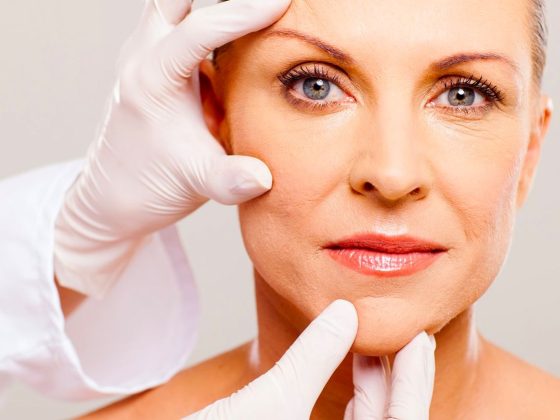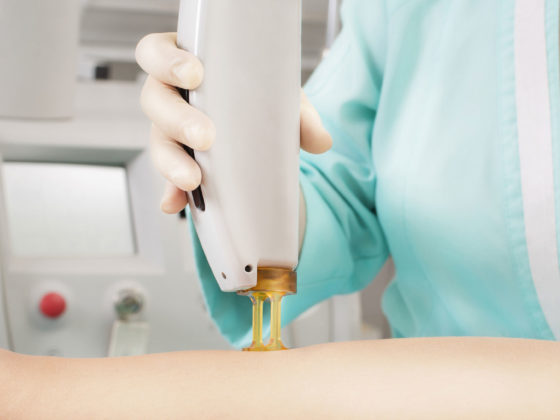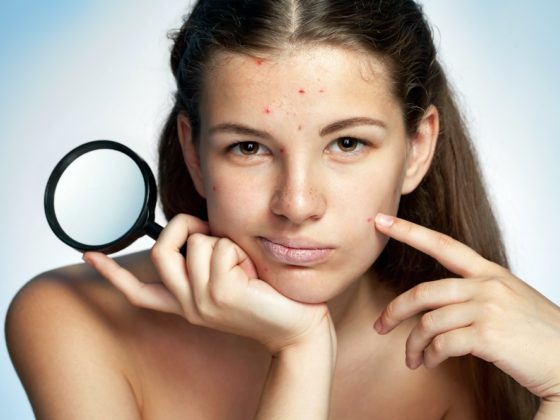There is obviously a lot of diversity among the estheticians we serve, but also much common ground. With that in mind, I thought it would be interesting to actually look at who estheticians are as professionals.
Professional skin care practitioners can have so many different job titles. A few you may have heard, or perhaps used for yourself at some point in your career, include beauty therapist, clinical or medical esthetician, facialist, master esthetician, and skin care therapist. Each state has a different definition, and there isn’t even any standard on whether the same job title should be spelled “aesthetician” or “esthetician” (for ASCP’s publications, we decided on the latter). This fragmentation can be very confusing, not only within the profession but also for clients.
Knowing Who You Are
The reality is that your job title is whichever one the state puts on your license. This is how your clients understand what you do and how the state regulates your scope of practice. It is actually against the law in some states to use a title that is not recognized by the state board. Broadly speaking, we all do the same thing, though some of us may specialize in one area or provide services to a certain niche.
Each of us has developed our elevator speech for the times when we need to quickly explain to someone what we do for a living. My elevator speech relies on a definition of what I do: “An esthetician is a licensed professional who is an expert on maintaining and improving healthy skin.” Regardless of your job title or background, there are some things we all have in common.
Licensing
We are all licensed by the state we work in. Becoming licensed, and staying that way, is not an easy process. The fact that we are licensed professionals should be taken seriously, both within the profession and among the public we serve.
Expertise
We are experts based on the amount of education we receive at the basic licensing level, and that expertise is further expanded by advanced education after licensing is achieved. A professional always strives for more knowledge and never feels that he or she knows everything.
Read More: Skin Care Solutions for Teenagers & Acne-Prone Clients
Esthetics and the Medical Profession
We work on healthy skin—we do not diagnose, and we are not dermatologists. We can work very well with the medical profession, and our scope of practice and skills complement theirs. This message is essential, as the esthetics profession is currently being targeted in many states for further regulation. This means a reduced scope of practice is a possibility, unless we can successfully educate the public about who we are.
Describing What You Do
“What do you really do to the skin?” This is a common follow-up question to your elevator speech, and often comes with additional questions like “Can you fix my skin?” or “Can you tell me what products are good?” Or you may simply get a blank look from a person who has no idea what your profession is about. Your answer could take awhile, depending on your training and service menu, or you may be able to sum it up quickly.
A couple of sample responses are:
- “Estheticians perform technical skin analysis, then provide treatments for your individual skin type and concerns. That can include massage, advanced equipment use, chemical exfoliation, and application of professional-use-only products. We give the client recommendations for healthy skin, which can include both the treatments we provide and products to use at home. We also do additional services such as hair removal, body treatments, makeup application, and advanced facial treatments.”
- “Skin care professionals are experts in performing facial treatments, skin analysis, hair removal, massage, and body treatments. I specialize in … [describe your specialty—for example, sunless tanning or lash extension].”
Knowing How You Do It
Much of the challenge in presenting a unified, professional image of esthetics comes from a misunderstanding of the esthetician’s scope of practice; this can happen at a high level, as well as among the general public, as the state boards that regulate esthetics often do not include a licensed esthetician among their board members. The esthetics profession is not just about applying products or following specific protocols.
Here is a blueprint for general best practices:
- COMMITMENT TO MY CLIENTS – This section deals with professional conduct: serving the client’s best interests with open communication, confidentiality, and respect.
- COMMITMENT TO DO NO HARM – This requires members to not work outside their scope of practice or provide treatments that they have not been fully trained on. Acquiring and maintaining solid education and training credentials are key to this standard. (It’s worth noting that training credentials are also required for insurance coverage in certain modalities.) Several advanced certifications can help you achieve that level of professionalism— Comité International d’Esthétique et de Cosmétologie (CIDESCO), International Therapy Examination Council (ITEC), and/or National Coalition of Estheticians, Manufacturers/Distributors & Associations (NCEA).
- COMMITMENT TO MY PROFESSION – As a skin care professional, it is essential to be involved with educating the public and maintaining professional standards in both your online and in-person conduct.
- COMMITMENT TO GOOD BUSINESS PRACTICES – Finally, it is essential to make sure you are providing your services within the law and following the most ethical business standards in regard to everything from record keeping to self-promotion.
The world of esthetics will no doubt continue to evolve throughout your career. Remember that this is not outside your control, or merely something that will happen to you. As a member of the profession, what you do every day will contribute to the public perception of esthetics and help drive whatever changes occur. Being able to identify and then communicate your focus will be an asset when representing yourself and your profession to the public.








